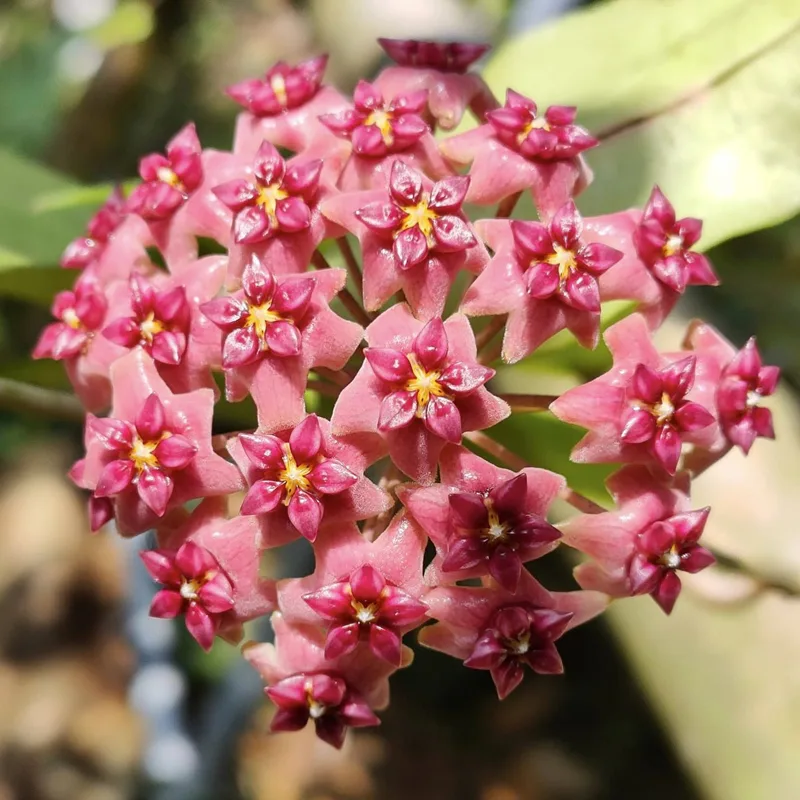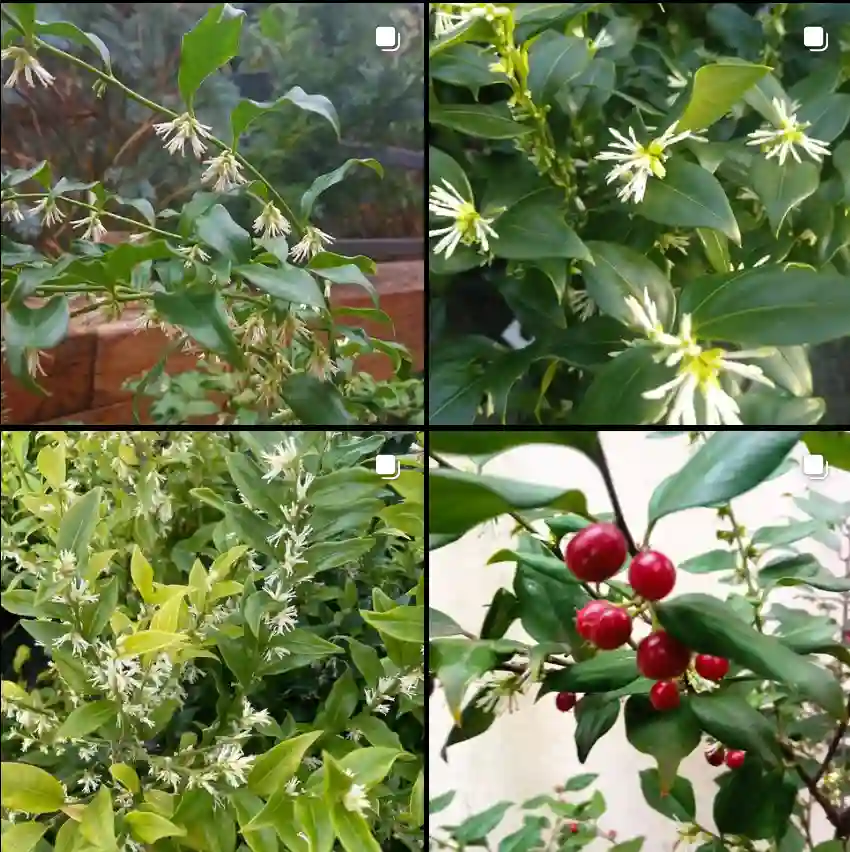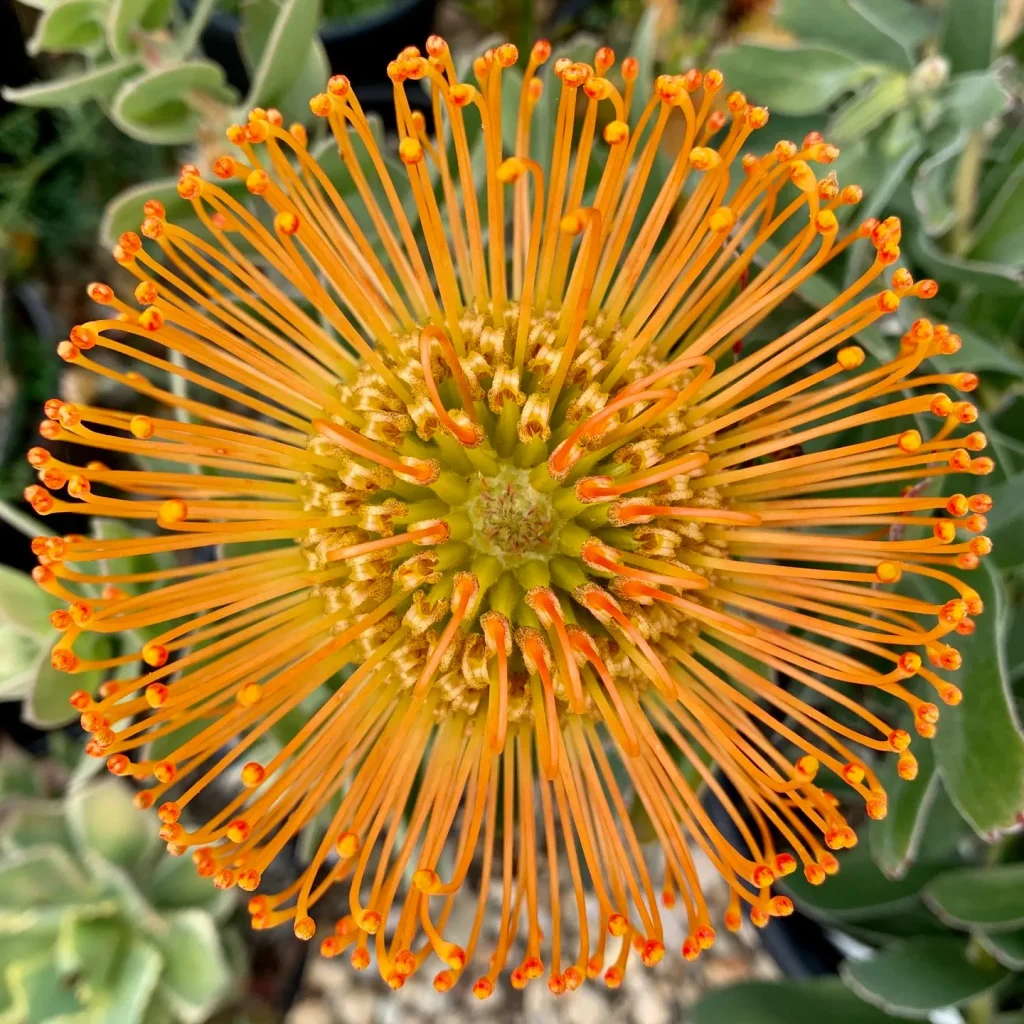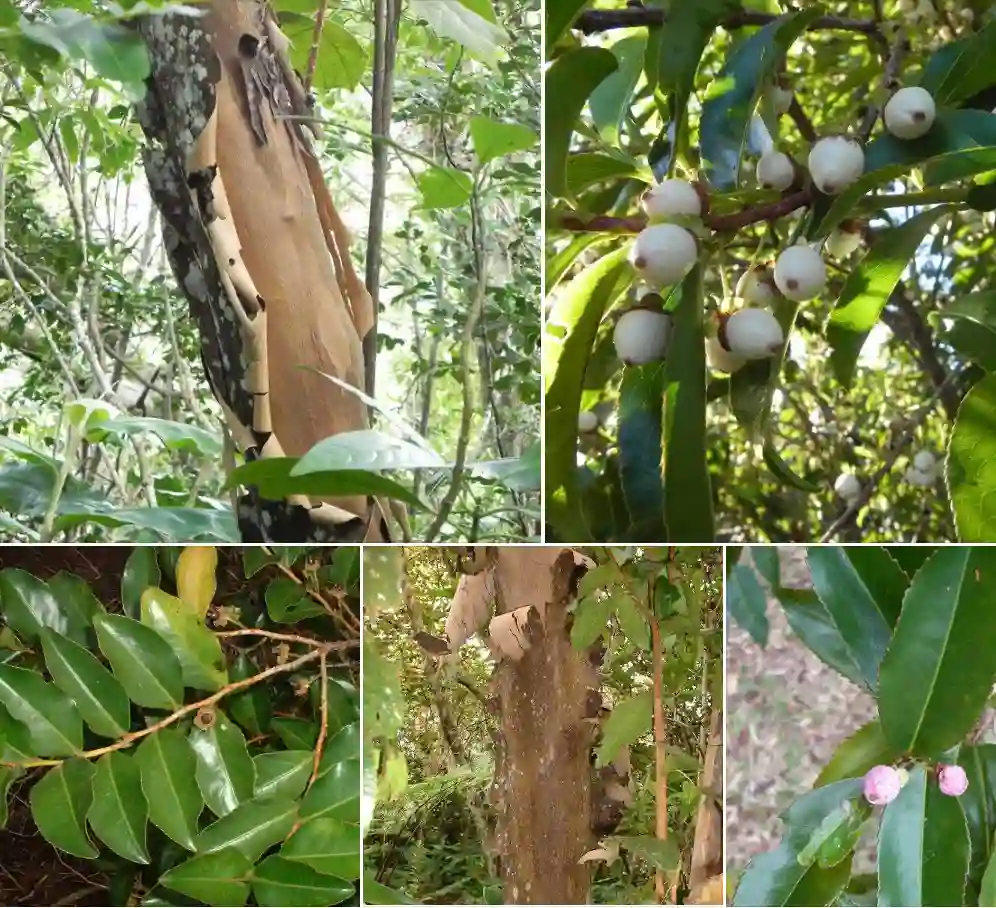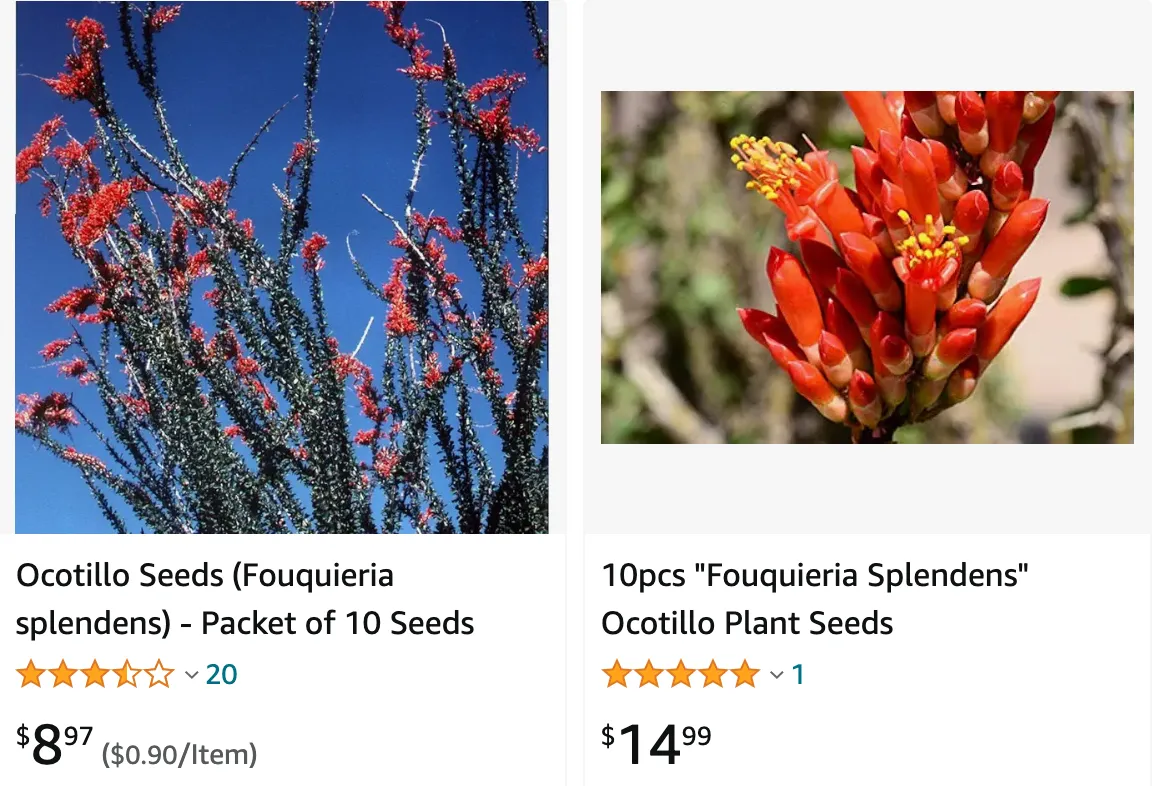
The Ocotillo’s Tenacious Spirit: A Desert Survivor
The first time I encountered the Ocotillo (Fouquieria splendens), it looked like a graveyard of spiky walking sticks. These spindly, seemingly lifeless stalks jutted from the parched earth, a stark contrast to the vibrant desert wildflowers blooming nearby. But as I learned more about this unique plant, I discovered a hidden resilience, a testament to survival in one of Earth’s harshest environments.
Plant Family: Fouquieriaceae – Genus Fouquieria
What Eats Fouquieria splendens?
Despite its formidable spines, the Ocotillo isn’t immune to hungry desert creatures. Cottontail rabbits and desert bighorn sheep will nibble on the new, green shoots, particularly after a good rain. Javelina, with their tough snouts, can also make a meal of the succulent stems. But the Ocotillo has evolved defenses. The spines deter most grazers, and the bitter tasting sap discourages further exploration.
How to tell if Fouquieria splendens is rooted?
A newly planted Ocotillo can be deceiving. It might stand tall, seemingly rooted, but a gentle tug reveals the truth. Patience is key. Established Ocotillo roots can delve deep into the soil, reaching down several meters to tap into precious groundwater reserves. This allows the plant to survive long periods of drought. If you’re unsure about a new planting, resist the urge to pull. Give it time to establish a strong root system.
What is the origin of Fouquieria splendens?
The Ocotillo’s origins lie millions of years ago. Fossil evidence suggests these plants thrived alongside dinosaurs in a much wetter climate. As the climate shifted towards aridity, the Ocotillo adapted, developing its water-storing stems and drought-resistant physiology. Today, it flourishes in the Sonoran, Mojave, Chihuahuan, and Colorado Deserts of the southwestern United States and northern Mexico.
A Burst of Color: Ocotillo in Bloom
While the Ocotillo’s spiky demeanor dominates most of the year, come spring or summer rains, a magical transformation occurs. Tiny red or yellow flowers erupt in clusters along the length of the stems. These vibrant blooms attract pollinators like hummingbirds and bees, ensuring the Ocotillo’s survival for generations to come. The sight of a blooming Ocotillo is a true celebration of life in the desert, a testament to the plant’s ability to thrive even in the harshest conditions.
Caring for the Ocotillo: A Desert Ally
The Ocotillo is a low-maintenance desert dweller, but proper care can enhance its growth and beauty. When planting, choose a location with well-draining soil and plenty of sunlight. Water deeply but infrequently, mimicking the desert’s natural rainfall patterns. Avoid overwatering, as this can lead to root rot. With minimal care, the Ocotillo will reward you with its unique form and vibrant blooms for years to come.
The Ocotillo’s story is one of perseverance. It’s a reminder that beauty can be found in unexpected places, and that even the most seemingly barren landscapes can harbor life that is both resilient and captivating. The next time you encounter this desert wonder, take a moment to appreciate its tenacity and the vibrant splash of color it brings to the arid landscape.
If i die, water my plants!
